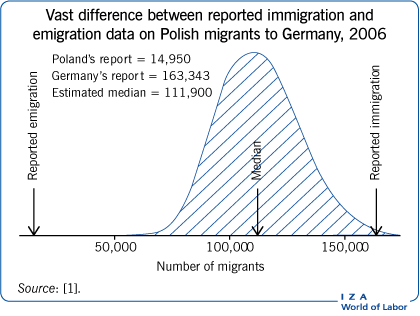Elevator pitch
International migration alters the socio-economic conditions of the individuals and families migrating as well as the host and sending countries. The data to study and to track these movements, however, are largely inadequate or missing. Understanding the reasons for these data limitations and recently developed methods for overcoming them is crucial for implementing effective policies. Improving the available information on global migration patterns will result in numerous and wide-ranging benefits, including improved population estimations and providing a clearer picture of why certain migrants choose certain destinations.
Key findings
Pros
Migration is important for understanding population and societal changes.
Data on international migration flows are becoming increasingly available, especially in Europe.
Countries can improve their migration flow reports by sharing data with each other.
Statistical modeling can be used to harmonize and estimate missing and conflicting international migration flows.
Measures of uncertainty improve researchers’ understanding of the quality of migration data and estimates.
Cons
International migration data are highly inconsistent and incomplete due to different measurements and collection methods.
The effects of incorrect measurement on the levels of migration are poorly understood.
Even the best available data sources likely undercount flows of immigration and emigration.
Most national statistical offices do not share information on cross-border movements.
It is unrealistic to expect countries to change their data collection practices in the next ten years.
